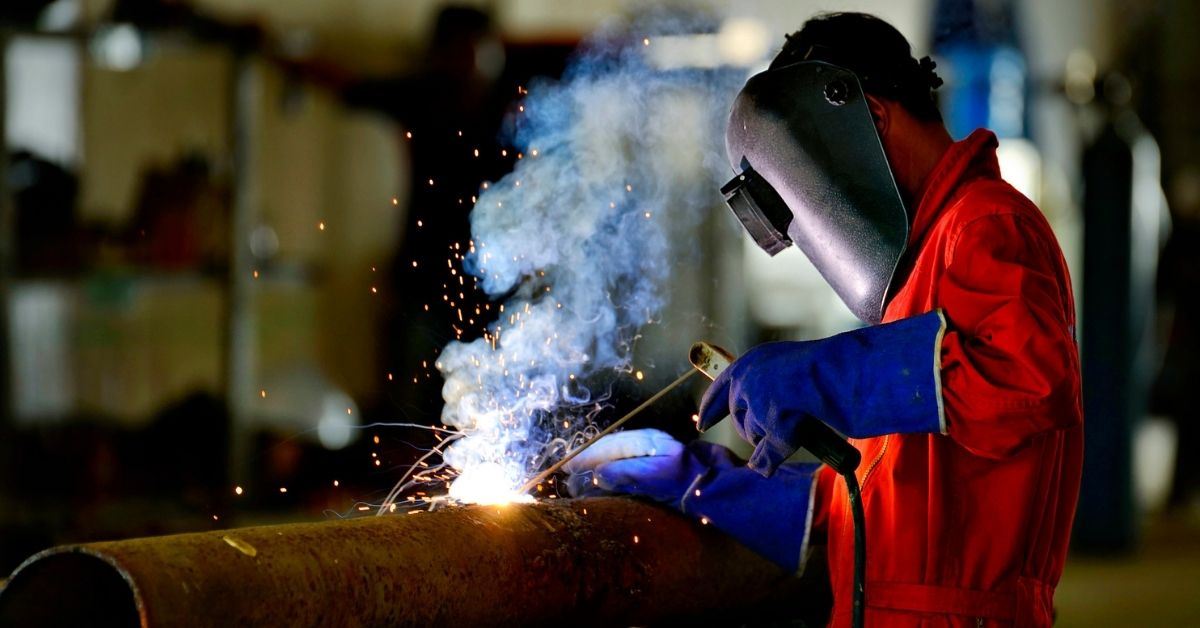The Occupational Safety and Health Administration (OSHA) has declared Aug. 7-13, 2023, as its annual Safe + Sound Week. This nationwide event asks employers and organizations of all sizes to think about new ways to improve workplace safety and raise safety awareness throughout their industries. In recognition of OSHA’s important Safe + Sound Week, we’re taking a closer look at the dangers of asbestos and the common ways employers failed to protect their workers from its hazards.
Dangers of Working with Asbestos
Asbestos is a naturally occurring mineral that was widely used in the construction, manufacturing, shipbuilding, and automotive industries through the 1970s. Known for its fiber strength and heat-resistant properties, asbestos was a common component in thousands of products across building, manufacturing, and commercial applications. As early as the 1940s, medical professionals in the U.S. identified the link between asbestos exposure and cancer, including mesothelioma. Despite the warnings from medical professionals, a number of companies continued to manufacture, sell, and design asbestos products – all while exposing workers to asbestos without providing them with adequate protective gear designed to prevent inhalation of the toxin’s fibers.
Despite evidence that there is no safe level of exposure to asbestos, the U.S. has failed to entirely ban its use and continues to allow companies to import hundreds of tons of the raw mineral. Today, thousands of Americans continue to die each year from asbestos-related diseases because companies failed to keep workers safe, putting their profits above the safety and well-being of their employees.
5 Ways Employers Have Failed to Keep Employees “Safe + Sound” From Asbestos
1. Failure to Identify and Assess Asbestos Risks
The first step in keeping employees safe from asbestos is to identify and assess the risks. As early as the 1940s, several studies linked asbestos with various deadly and chronic diseases, including mesothelioma. Laws were enacted to require employers to identify materials that contain asbestos in their workplace. However, many employers did not take this responsibility seriously and failed to conduct thorough inspections. Even though they knew the risks that came with asbestos, many employers ignored the warnings and continued to put their workers at risk, which can and does still happen today.
2. Failure to Provide Training and Education
Employers have a responsibility to ensure their workers are properly trained and educated on the dangers of asbestos and how to protect themselves. Some employers did not adequately train or educate their workers on the risks associated with asbestos exposure, resulting in employees not being aware of the dangers or how to protect themselves when working with or around asbestos-containing materials.
3. Failure to Provide Sufficient Personal Protective Equipment (PPE)
Asbestos fibers are microscopic and can unknowingly be inhaled. Wearing proper PPE, such as respirators, coveralls, and gloves, is essential for preventing exposure. Despite this knowledge, employers in various industries failed to provide workers with PPE or keep them from entering a job site unless they had their own PPE on hand. Even if PPE, including masks, was provided, it may have also been defective and/or ill-fitting. When an employer lets PPE requirements slide, workers’ lives are put in danger.
4. Failure to Properly Dispose of Asbestos
When asbestos-containing materials are disturbed or damaged, they release dangerous fibers into the air. Employees who were not properly trained in how to handle these materials and dispose of them properly were unknowingly exposed to these microscopic asbestos fibers – which can remain airborne for as long as 48-72 hours once disturbed. Despite the warning signs from early studies, employers can still fail to ensure the proper removal and disposal of asbestos-containing materials.
5. Failure to Regularly Test and Monitor Work Environments
Employers neglected to regularly test and monitor their workplace for asbestos exposure, despite their responsibility to do so. Regular tests could have detected airborne asbestos fibers and prompted employers to take action before workers are put in danger.
Nationwide Mesothelioma & Asbestos Lung Cancer Injury Attorneys
If you or a loved one has been exposed to dangerous levels of asbestos in the workplace or have developed an asbestos-related disease, such as mesothelioma, reach out to {Site:BusinessName} today. Our dedicated team of attorneys, paralegals, and support staff can help you during this difficult time and stand up to even the largest employers and corporations that put you in danger. When a company has failed to keep its workers safe from asbestos exposure, you can be certain that we’ll be at the forefront of any litigation brought against them.
We’ve helped victims of mesothelioma and asbestos lung cancer across the nation for more than 100 years of collective legal experience. Contact us today online or at {F:P:Sub:Phone} to request a FREE consultation.
Continued Reading
- At-Risk Occupations: Asbestos Exposure (SWMW Law)
- How Asbestos Causes Cancer (SWMW Law)
- Safe + Sound Week (OSHA)



